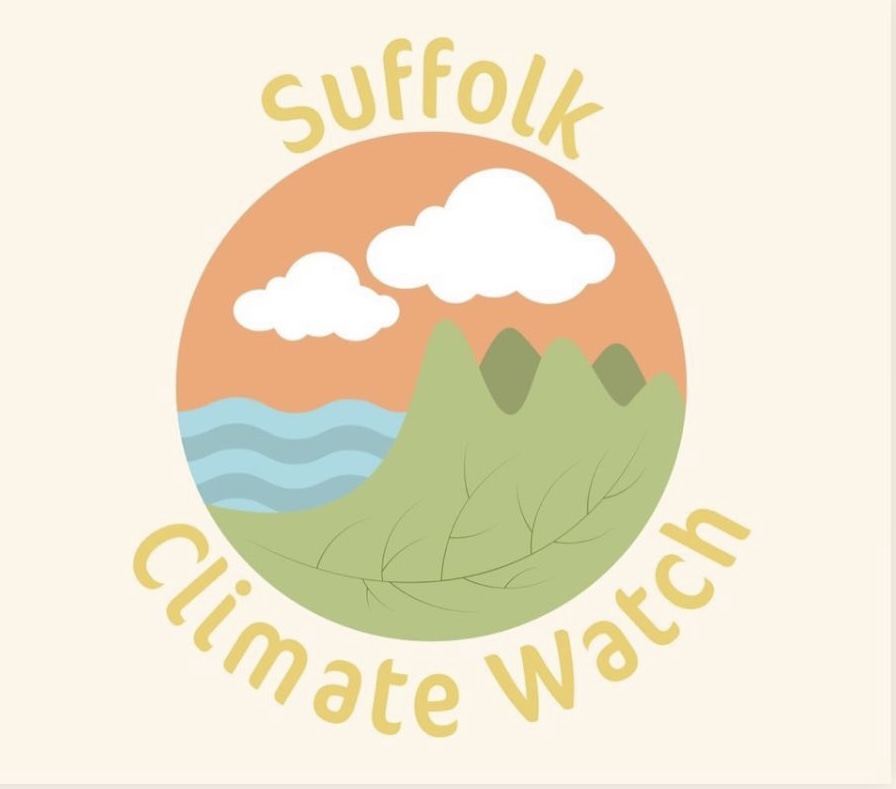The arctic sea, the coral reefs and wildfires have all been affected due to climate change recently.
The lowest amount of ice for the year, as determined by satellite data, was present in the Arctic on Sept. 18. This year, the ice cover decreased to a size of 1.80 million square miles, which is about 598,000 square miles less than the minimum average for the period between 1981 and 2010.
Walt Meier, a sea ice researcher at the National Snow and Ice Data Center, said that this year “marks a continuation of the greatly diminished sea ice cover since the 1980s. That is not a result of chance or random variation. In reaction to rising temperatures, it signifies a fundamental change in the ice cover.”
Meanwhile, the Caribbean and Gulf of Mexico’s coral reefs support hundreds of fish species, more than 10% of the world’s reefs and more than $6 billion in economic advantages from fisheries, tourism and other ecosystem services.
According to the National Ocean Service, in the past 40 years, local stressors including overfishing, pollution and foreign species have had a significant negative impact. Less than 10% of the surface of the majority of the reefs in the area are typically covered with live coral.
One of the main causes of this deterioration is heat stress. It can result in a phenomena known as coral bleaching, as corals eject the vibrant algae that make up the majority of their diet.
Prolonged hot weather or consecutive bleaching events will eventually cause the death of many corals. At least six significant bleaching events have affected the Florida Keys alone since 1987, with some of these events affecting the entire region.
Wildfire smoke has recently lofted enough soot across areas of the West to undo a large portion of the air quality improvements made over the last two decades, exposing millions of Americans each year to deadly levels of small particulate matter.
These are some of the conclusions of a recent Stanford University study on particle pollution known as PM2.5, which can enter into our bloodstream and lodge deep within our lungs, a finding which was published in Environmental Science & Technology.
The researchers calculated PM2.5 concentrations specifically from wildfire smoke using statistical modeling and artificial intelligence methods in enough depth to highlight fluctuations
within specific counties and specific smoke occurrences from coast to coast from 2006 to 2020.










